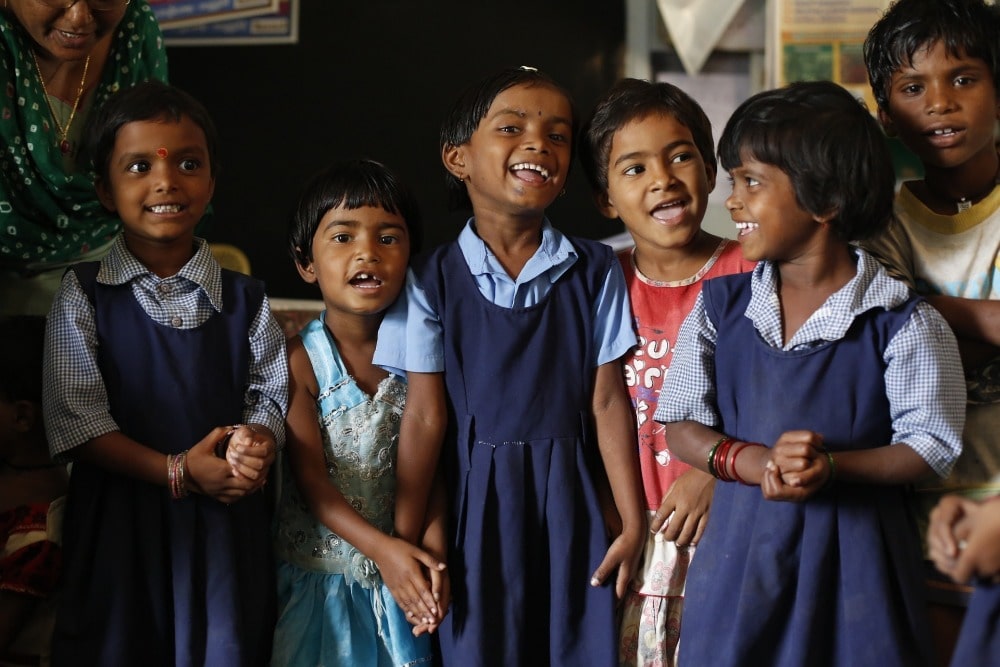

Thanks to our work as a development professional, we are fortunate to meet many young girls and boys with ambitions to achieve something in life and to dream big. They all have dreams and aspirations which they want to fulfil.
For children, irrespective of which family or economic background they come from, it is important that they are linked to Government programmes and schemes which can benefit their education, health, development, future and have access to services.
Evidence shows that public spending on children is a smart investment – for children, their communities and entire country. When governments invest in children, health and education outcomes improve, incomes rise, economies grow, and societies become more cohesive. Despite these benefits, public spending on health and education has stagnated in many parts of the world and may be insufficient to meet the needs of children.
Fortunately, this is not the case in Jharkhand. The recent unveiling of the 2024-25 budget by the Jharkhand state government exemplifies a commendable commitment to empowering children and women. With significant allocations dedicated to women and child development, the state is taking proactive steps to uplift vulnerable segments of society.
Key initiatives outlined in the budget, such as the Anganwadi Chalo Abhiyan underscore the government's focus on early childhood development and sustainable rural growth. Similarly, the Government has unveiled other initiatives including free pulses and salt, and childcare leave for government employees.
Allocation in Health has increased by 68 percent for schemes for children, the major improvement of 72 percent which is made in availability of flexible funding for Reproductive and child health and system strengthening.
To encourage children to continue their education, there is substantial improvement in allocation for Mukhyamantri Special Scholarship Scheme which has doubled for primary education and 130 percent for upper primary education section. To focus on nutrition and healthy diet of children, the Government has made provisions of providing eggs and fruits to children through the Anganwadi didis. The supplementary nutrition programme in schools (MDMs) has an increase in allocation of approximately 500 percent.
The introduction of the child budget this year is a significant milestone, reflecting actual expenditure on schemes for children. According to chid budget statement (Statement 12 2024-25) out of the total plan outlay, there has been a 6.2% increase in allocation for children over the last two years, amounting to 8866.69 crore rupees for the 2024-25 budget. This includes 80 identified child-specific schemes, out of a total of 216 schemes with a particular focus on girl-child schemes, which have seen a 15% increase in allocation with 11 schemes identified exclusively for girl children.
This increase is also a result of the Girl child cash transfer scheme – Savitribai Phule Kishori Samridhhi Yojna which covers every girl child of rural families aiding them to continue their education and delay early marriages. This is a positive step toward reducing the gender literacy gap, reducing girl child dropout in higher classes ensuring gender equality and achieving the goal of SDG 5.
What we need to be mindful about is that many a times, public resources don’t reach the children most in need. In some places, policymakers fail to allocate the funds necessary for children to grow and learn in a safe, healthy environment. In others, public finances may not be well managed, reducing the quality or accessibility of health care, education and other services.
So mere allocations are not enough; effective implementation is crucial. The success of these initiatives hinges on robust outcome budgeting and accountability mechanisms. UNICEF with its steadfast commitment to children's welfare works and supports the government to ensure that children's rights are prioritized and upheld and encourages child and gender outcome budgeting as a way forward to bring them into the focus of our policies.
Jharkhand's budget for 2024-25 sets a positive tone by prioritizing women and child development through targeted initiatives and substantial financial allocations. By empowering the society, we can create an environment where women and children thrive, contributing to sustainable growth and social progress. Let us translate our commitments into tangible improvements in the lives of women and children across Jharkhand, paving the way for a brighter future for all. Turning rhetoric into reality requires more than just words; it demands action. Policies reflecting gender and child-centric approaches are crucial for meaningful change.
By Onkar Nath Tripathi and Astha Alang
(Onkar Nath Tripathi is the Social Policy Specialist & Astha Alang is the Communication Specialist at UNICEF Jharkhand)